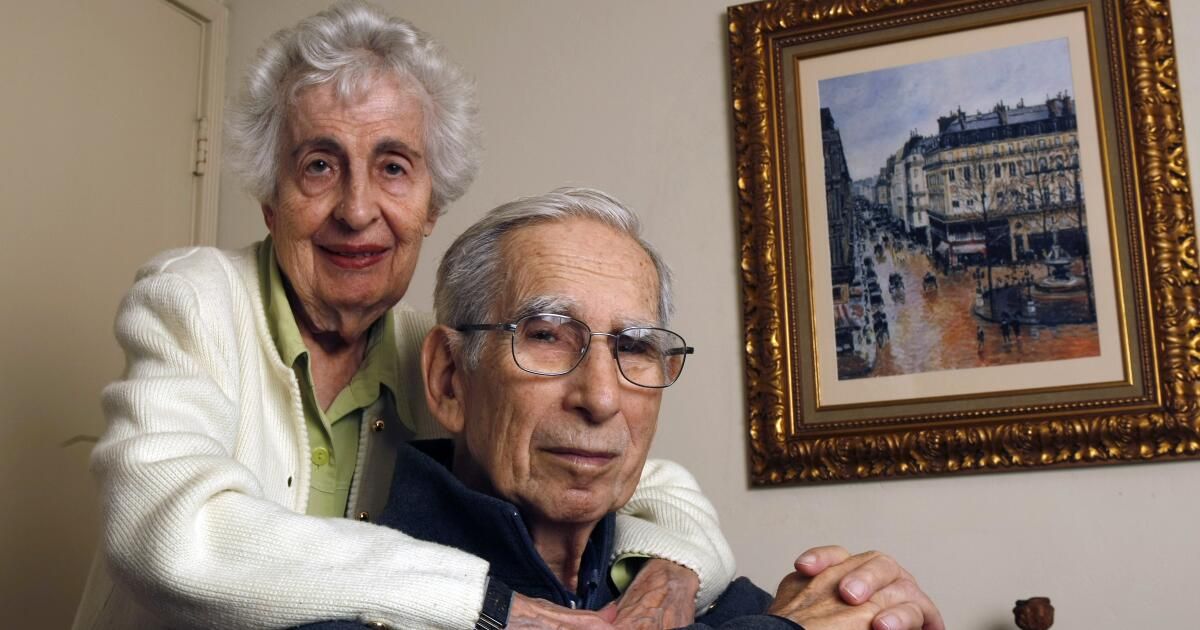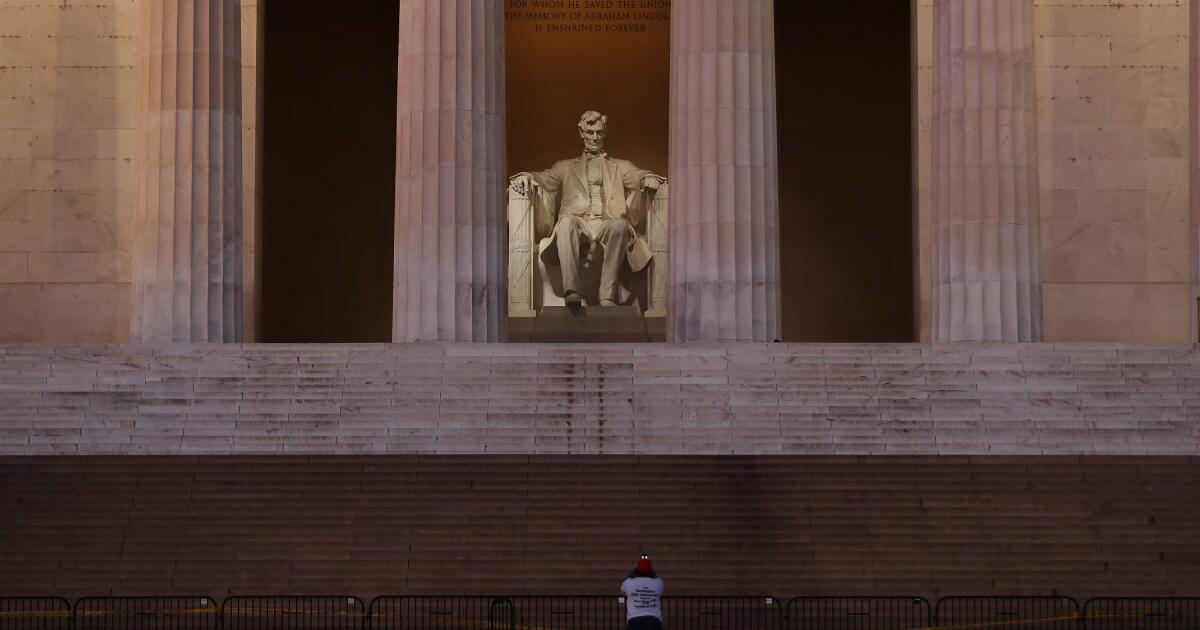The family of Lilly Cassirer, a Jewish woman living in Berlin at the start of World War II, has fought for two decades in US federal court to recover the Impressionist painting of a rainy Paris cityscape that was stolen from her.
The Nazis forced Cassirer to give up Camille Pissarro's painting, “Rue Saint-Honoré, après midi, effet de pluie,” in exchange for exit documents from Germany in 1939.
“There is no doubt that the Nazis stole the painting from Lilly,” Judge Carlos T. Bea declared in the opinion he wrote for a three-judge panel of the United States Court of Appeals for the Ninth Circuit.
And yet the panel ruled that a Spanish museum, which has displayed the painting since 1992, should be allowed to keep it.
The legal question here may be complicated, but the moral question is clear and simple. The painting belongs to Cassirer's heirs. It is outrageous that it is still hanging on the wall of the Museo Nacional Thyssen-Bornemisza, a museum in Madrid. The museum knows that it was looted by the Nazis. The whole world knows it. And yet, there it is, for all the world to see: a stolen masterpiece.
Of course, the museum should have simply returned the painting long ago to the Cassirer family. The Spanish government, which owns the museum, and nearly four dozen other countries signed the non-binding international agreement, the Washington Principles, to seek fair solutions in cases of looted art when the owners or heirs can be identified. Museum officials have long maintained that they were unaware of the painting's dark history when they purchased it in 1993 from Baron Hans Heinrich Thyssen-Bornemisza, who has since died. The baron, a sophisticated art collector, should have known that the painting had been looted. And the museum should have done a better job of researching the painting's provenance — its journey through various hands.
But the museum has fought to preserve the painting. Even one of the judges on the Ninth Circuit panel, Consuelo M. Callahan, wrote in her agreement that the decision was “at odds with our moral compass” and that Spain “should have voluntarily renounced the Painting.”
So how do we end up with the Ninth Circuit's ruling on whether a museum with a stolen work of art can continue to preserve and display it?
Lilly Cassirer's grandson and sole heir, Claude, moved to California in 1980 and first filed suit in 2005 under the Foreign Sovereign Immunity Act. The case has moved several times from the federal district court to the appeals court, to the U.S. Supreme Court and now back to the Ninth Circuit.
The question before the court this time was whether to apply California law or Spanish law regarding stolen property. In an amicus curiae brief, California Atty. Gen. Rob Bonta argued that the court should apply California law, since the state “has long vigorously enforced its residents' ability to recover stolen art.”
The three-judge panel decided that Spanish law took precedence over California law, because Spain's governmental interests would be harmed more by applying California law than California would be harmed by applying Spanish law. In California, once something is declared stolen, the thief never has the right to it and cannot pass title to it. In Spain, when something is stolen, the last possessor has the right to it after a certain time and no one has come forward to claim it as theirs.
Judge Bea noted that even under California law, there is a statute of limitations on how long a victim has to file a lawsuit: six years from the time the victim discovers the whereabouts of the stolen property. However, in this case, Cassirer's descendants submitted the application only five years after discovering that the painting was in the museum. The family's lawyers will ask the court for a new hearing.
This fight should have been resolved years ago. It is shameful that the museum and the Spanish government refuse to do what is just and moral to return the painting that Lilly Cassirer hung on the wall of her apartment in Berlin.












